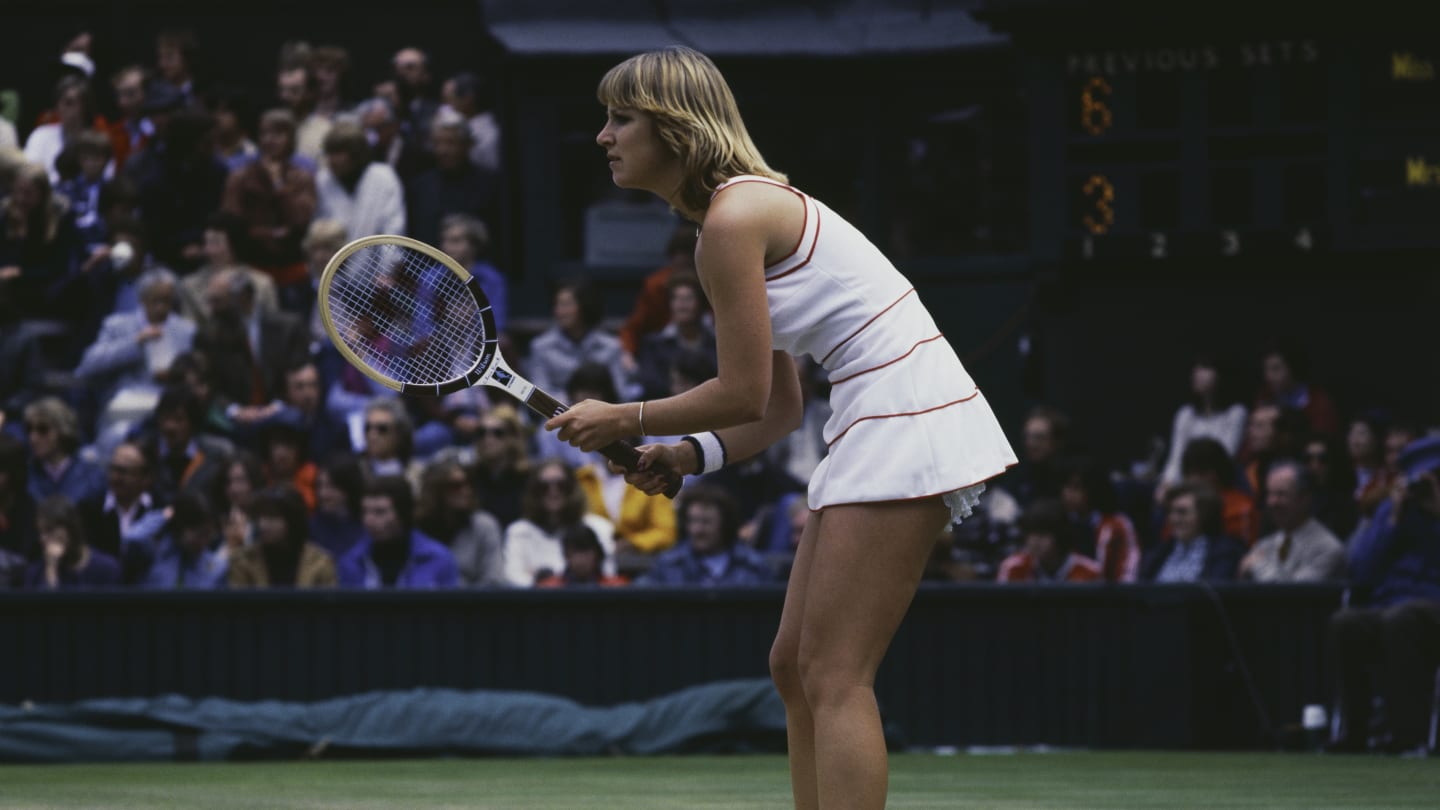Why Is It Called a “Tennis Bracelet”? - 5 minutes read

The traditional tennis bracelet is a flexible and daintily narrow band of small, identical diamonds. Though variations abound—some featuring diamonds in less uniform configurations, others featuring different gemstones altogether—none really explains what any of this has to do with tennis.
Here’s the most common origin story of the accessory: At the 1987 U.S. Open, tennis star Chris Evert wore a thin diamond bracelet that snapped off her wrist in the middle of a match. She called off play to recover it, and the publicity surrounding the snafu popularized what she called her “tennis bracelet.”
A classic tennis bracelet. / AzmanL/E+/Getty Images
But this tale is complicated by the fact that references to the phrase tennis bracelet in its modern sense predate the 1987 U.S. Open by at least a couple years. So what’s the truth?
Correcting one part of the story is easy: People have just misreported the year that Evert’s bracelet broke on the court. In 2018, Evert’s publicist, Tami Starr, told The Adventurine that Evert remembered the event occurring when the U.S. Open relocated from Forest Hills to Flushing Meadows (both in Queens, New York). The U.S. Open was first held in Flushing Meadows in 1978—not 1987. Apart from the date discrepancy, Evert’s recollection more or less matches the conventional narrative.
“Chrissie recalls that she was wearing a diamond and gold bracelet, and it broke and fell onto the court in an early round of the Open, and they had to stop play while she looked for it,” Starr said.
Evert during the 1978 U.S. Open. / Focus On Sport/GettyImages
But it may be simplifying sartorial history to call this the inciting incident behind the tennis bracelet fad. For one thing, even some of Evert’s biggest games at the 1978 Open weren’t nationally televised, making it unlikely that the early-round scene with the broken bracelet reached a broad audience; it doesn’t seem to have been widely reported in print, either (if at all). Moreover, the phrase tennis bracelet didn’t start appearing in newspapers until the mid-1980s.
In other words, there’s no rigid record supporting the notion that jewelry wearers flocked to buy so-called “tennis bracelets” after Evert sported—and then lost and found—a flexible diamond bracelet during one highly publicized match in 1978. But that’s not to say she doesn’t deserve credit for making them a thing.
Chris Evert, in the words of one Redditor, “was a fashion GOAT.” She unofficially started earning this title at just 16, when she faced off against Billie Jean King in the 1971 U.S. Open semifinals wearing a white lace dress, hoop earrings, and a white bow in her hair. Her outfits—often white frocks with colored trim that Evert frequently paired with matching hair ribbons—exuded a similar sense of athletic femininity. Jewelry factored into the mix, too, even as her attire got a little less dressy (and a little more vibrant) in the 1980s.
It was also during the ’80s that Evert scored a sponsorship deal with Rolex, which may have reinforced her long-standing association with wrist trimmings of all kinds, from sweatbands to cuff bracelets to tennis bracelets (then known as diamond line bracelets or eternity bracelets). When newspapers started mentioning tennis bracelets, Evert was often mentioned right along with them.
“Chris Evert Lloyd started it all when she showed up on the tennis court wearing a narrow diamond bracelet on the same wrist as her Rolex. Thus, the tennis bracelet was born,” proclaimed a gift guide in a December 1986 issue of the Fort Worth Star-Telegram. A September 1987 advertisement in Pennsylvania’s York Daily Record showed an image of the bracelets beside a tennis ball and racket with the headline “Look what Chris Evert started!”
Evert at the 1974 U.S. Open. / Focus On Sport/GettyImages
Earlier that summer, The New York Times published a whole feature on the new trend of wearing diamond line bracelets in athletic settings. “The customers who buy it refer to it as a tennis bracelet. Women who wear it along with a Piaget or Rolex watch call it a tennis bracelet. Almost everyone who knows diamonds refers to it as a tennis bracelet,” the article read. “Why, you may ask, a tennis bracelet? Most likely because Chris Evert, among others, has worn one on the tennis courts. Legend has it that the bracelet was first retailed as a tennis bracelet in southern Florida, where Ms. Evert has her home.”
As for why this particular type of bracelet made sense for tennis, The Times chalked it up to flexibility and simplicity, and a 1986 syndicated article pointed out that “it’s generally worn on the same wrist as the watch, which is usually the hand that does NOT hold the tennis racket (and therefore won’t interfere with your swing).” Plus, if it was good enough for one of the best tennis players of all time, it was definitely good enough for any amateur (insofar as wearing diamonds while playing sports is a good idea for anyone).
All things considered, it’s not hard to guess why Evert’s match-halting bracelet blunder so often gets misdated as 1987. Not only is the number a single typo away from 1978, but it’s also when tennis bracelets were a fashion phenomenon. And even though they didn’t really catch on—or get called “tennis bracelets”—until years after Evert first debuted hers on the court, she herself has leaned into 1978 as the official origin year. “Born 1978,” says the web page for her tennis bracelet collection with jeweler Monica Rich Kosann.
Discover How Other Things Got Their Names:
Source: Mental Floss
Powered by NewsAPI.org